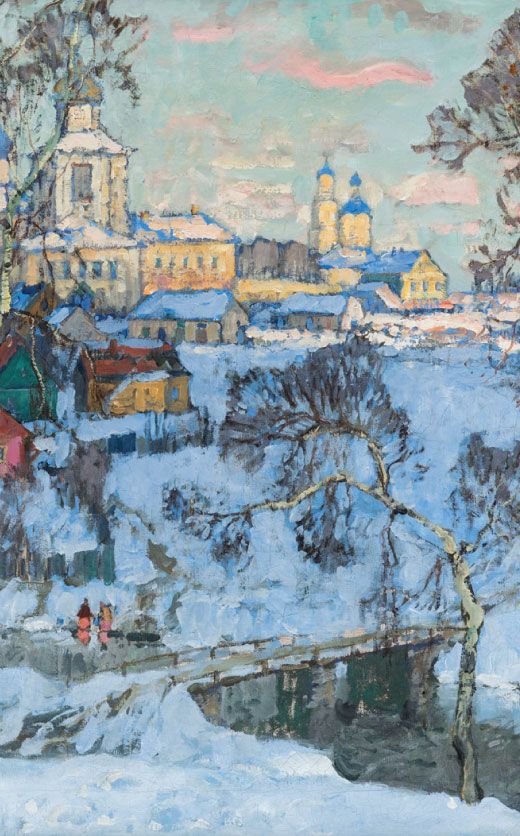Whale Bone Monkeys Cane
Lot 111
About Seller
Kimball Sterling
125 West Market Street
Johnson City, TN 37604
United States
Family-owned and family-run Johnson City Tennessee auction business for 25 years. Selling antiques and collectables for 38 years. Kimball M. Sterling, Inc. was founded and is owned by Kimball and Victoria Sterling, time and again, they have laid solid claim to world-wide attention and renown with an...Read more
Categories
Estimate:
$700 - $900
Absentee vs Live bid
Two ways to bid:
- Leave a max absentee bid and the platform will bid on your behalf up to your maximum bid during the live auction.
- Bid live during the auction and your bids will be submitted real-time to the auctioneer.
Bid Increments
| Price | Bid Increment |
|---|---|
| $0 | $10 |
| $100 | $25 |
| $500 | $50 |
| $1,000 | $100 |
About Auction
By Kimball Sterling
May 24, 2025
Set Reminder
2025-05-24 11:00:00
2025-05-24 11:00:00
America/New_York
Bidsquare
Bidsquare : Masterpiece Cane Auction
https://www.bidsquare.com/auctions/kimball-sterling/masterpiece-cane-auction-19479
A European Masterpiece Cane Auction Kimball Sterling kimballsterling@earthlink.net
A European Masterpiece Cane Auction Kimball Sterling kimballsterling@earthlink.net
- Lot Description
Ca. 1890 Massive, straight, and tapering Japanese export whalebone handle engraved in high relief with three light-hearted monkeys helping each other climb on a bare tree trunk. The playful character of the primates and alert facial expressions are rendered beautifully and speak for a talented artist who took the time to study his motif and eventually spent a longer time executing the detail. Indeed, this long and weighty handle is exceedingly well carved, with an ancient and traditional Japanese love for the perfection of the details and an accomplished approach to the dramatics. It comes with a cylindrical and plain silver collar on a malacca shaft with narrow steps fitted with a white metal ferrule, embellished with an applied silver collar finely engraved with flowery initials under a seven-tine Austrian nobility crown and an, also applied, wrapping silver ribbon engraved “BRÜCKER LAGER 11/9.1900”. No doubt, a beautiful piece of art and a statement-making aristocracy cane! However, the combination of a Japanese Meiji handle and a Viennese shaft celebrating the military bandmaster Johann Nepomuk Král's famous “Brucker Lager-Marsch” deserves some academic research for better association and identification. H. 11” x 1 ½”, O.L. 39 ½” $700-$900 The monkey lore in Japan resonates with deep Chinese undertones and strong Shinto overtones. These are blended together into a hybrid symphony of Buddhist beliefs and practices, making Japanese monkey lore a very complex, confusing, curious, and challenging topic. Notable is that monkey worship in Japan peaked in the Edo Era. Meiji, meaning “enlightened government”, was chosen by Matushito, the 15-year-old child emperor who ruled from 1868–1912, to define the goals of his reign. These goals transformed Japan and have a particular reference in the context of Japanese antiques. Artists and artisans who had created netsukes, sword furniture, and exquisite lacquerware inro suddenly found themselves out of work. Some turned to making items for the export trade, and one thing that suited their talents perfectly were cane handles. In the 1880s, Orientalism became the rage in Great Britain and France, and exotic Japanese canes and cane handles were eagerly snapped up. The military bandmaster Johann Nepomuk Král had his greatest musical success with the “Brucker Camp March” op. 51, which he composed in 1874 in Bruck an der Leitha. A commemorative plaque hangs on the facade of the "Zur Weintraube" inn at Wiener Strasse No. 7 in Bruck, where Král is said to have written this piece.
- Shipping Info
-
Each auction has different shipping terms but the buyer always pays.
Canes:
After payment has been received we will contact you.
-
- Buyer's Premium



 EUR
EUR CAD
CAD AUD
AUD GBP
GBP MXN
MXN HKD
HKD CNY
CNY MYR
MYR SEK
SEK SGD
SGD CHF
CHF THB
THB



















